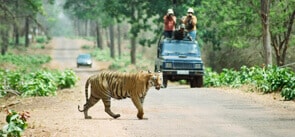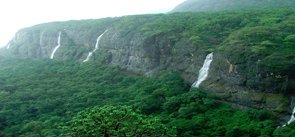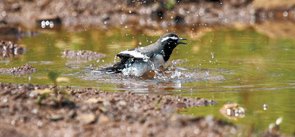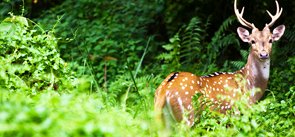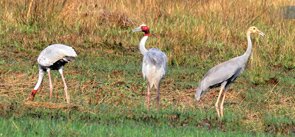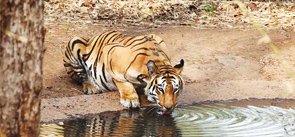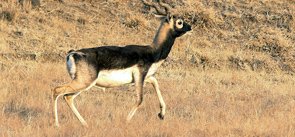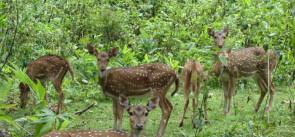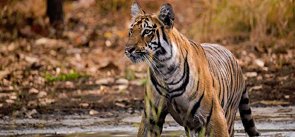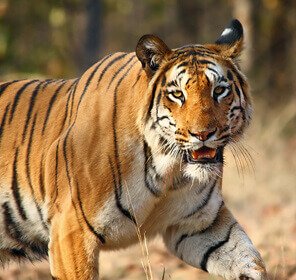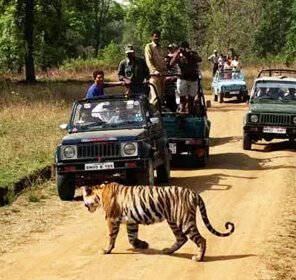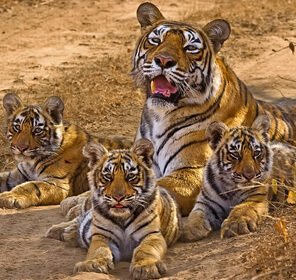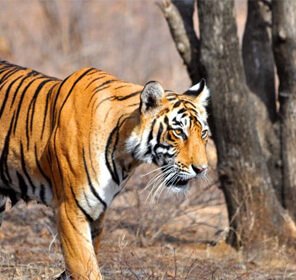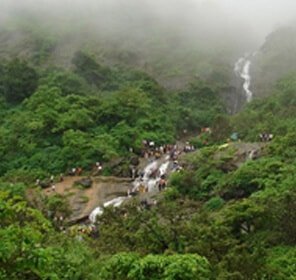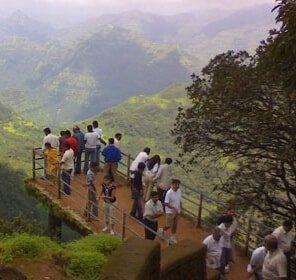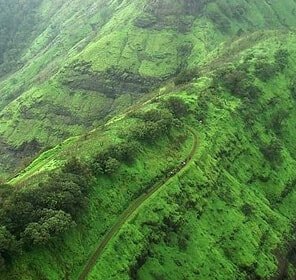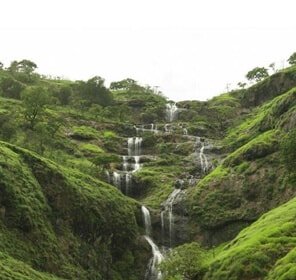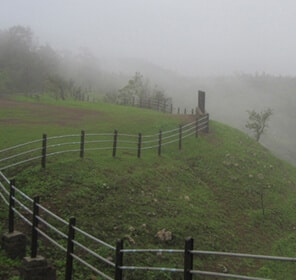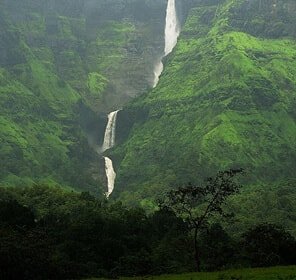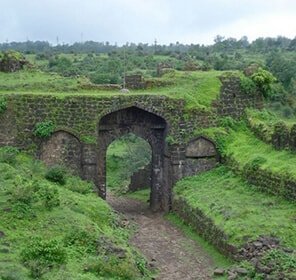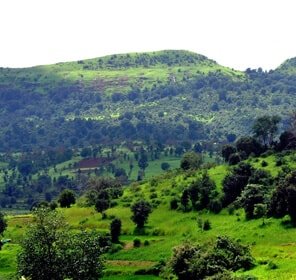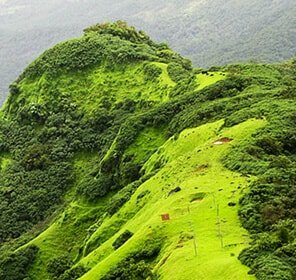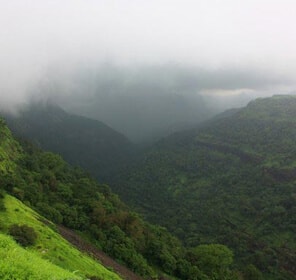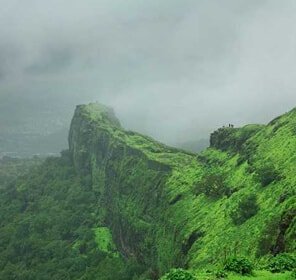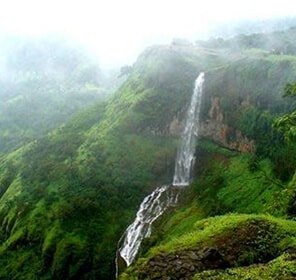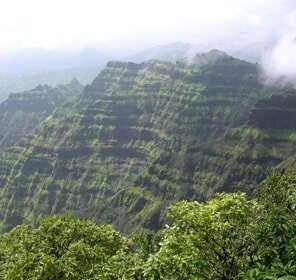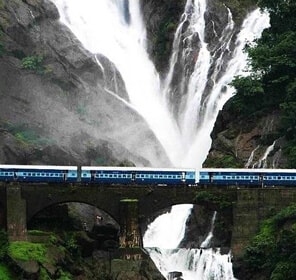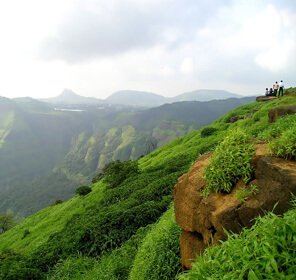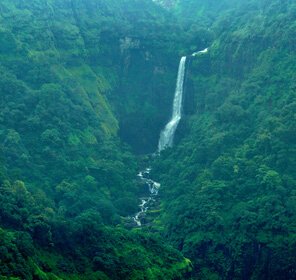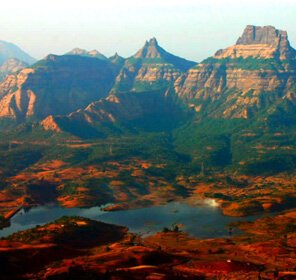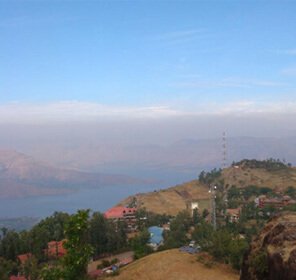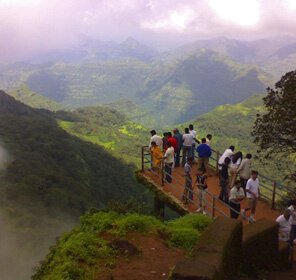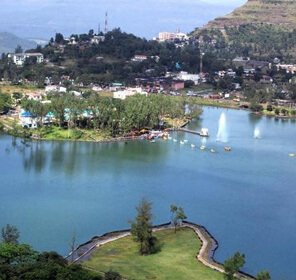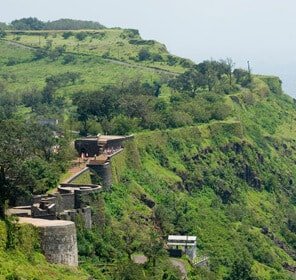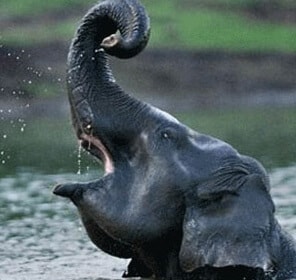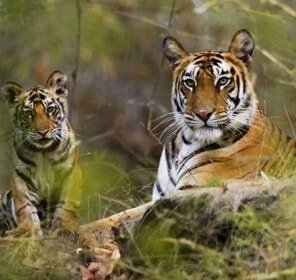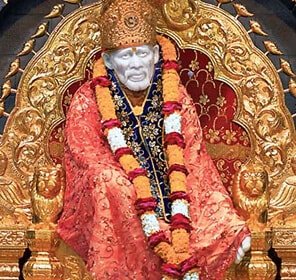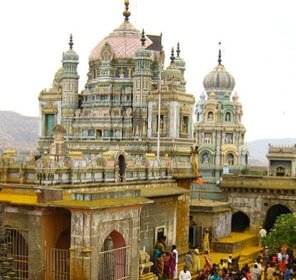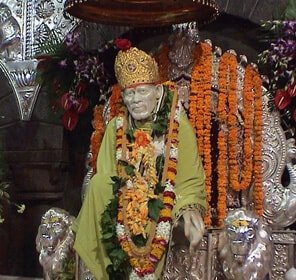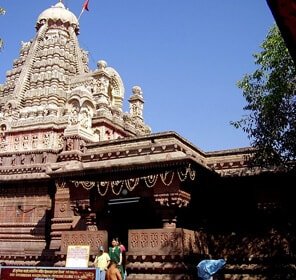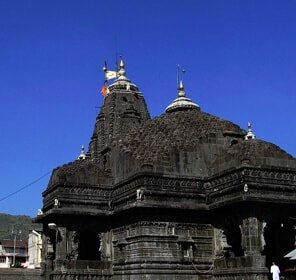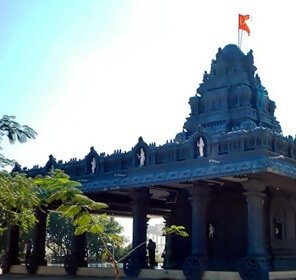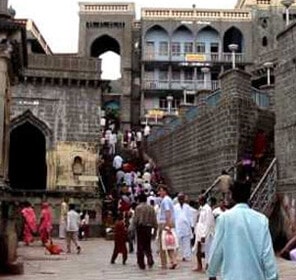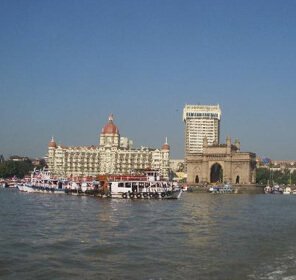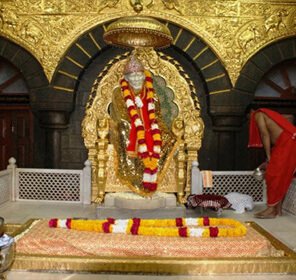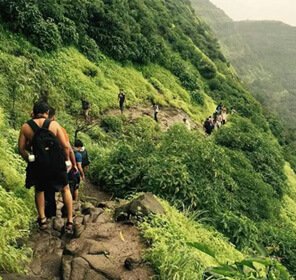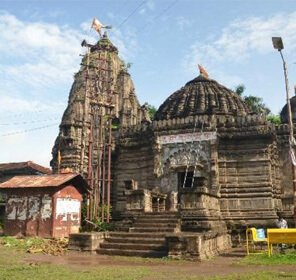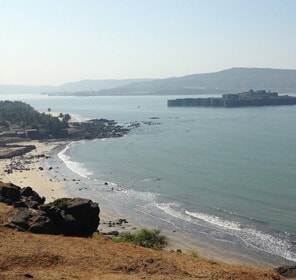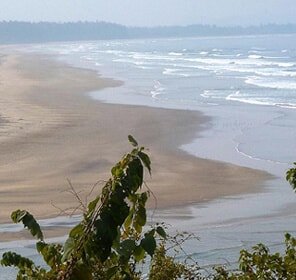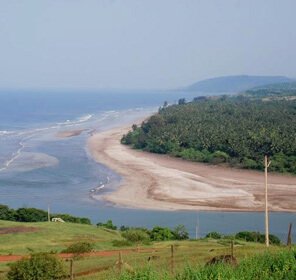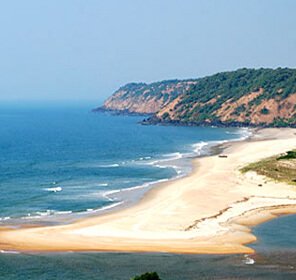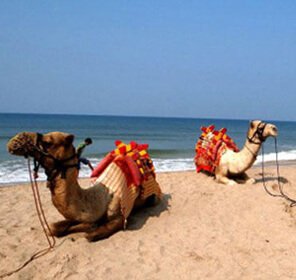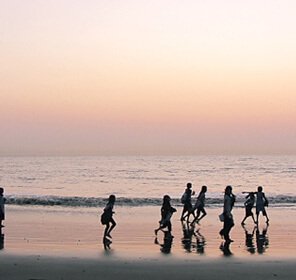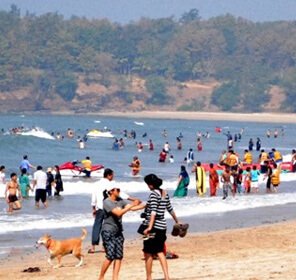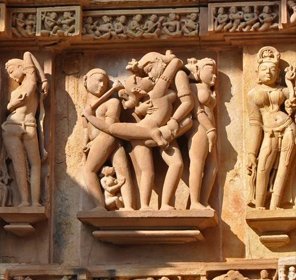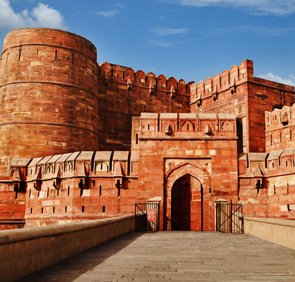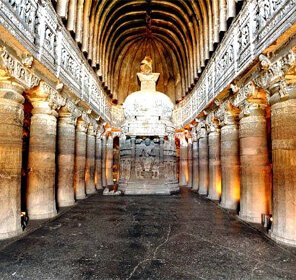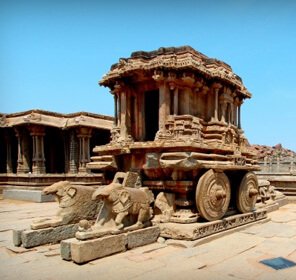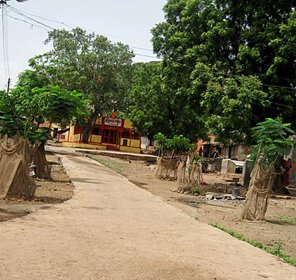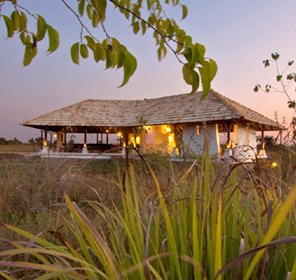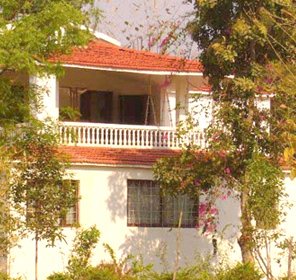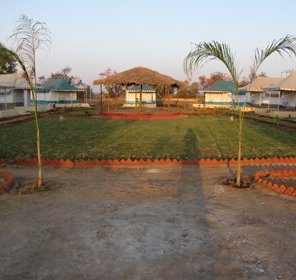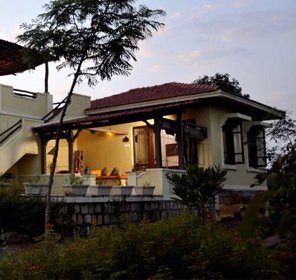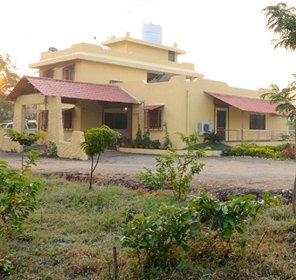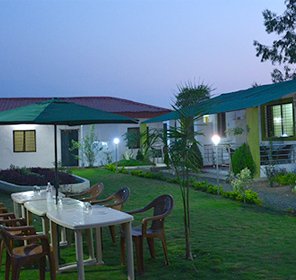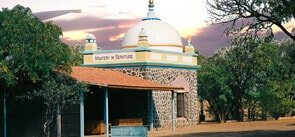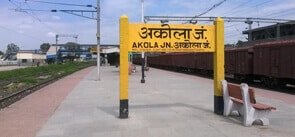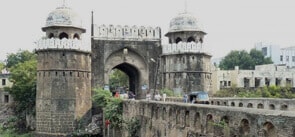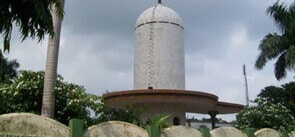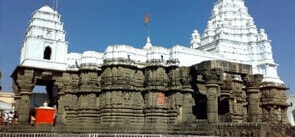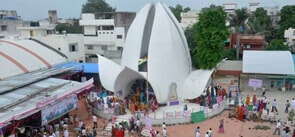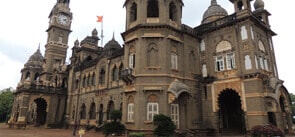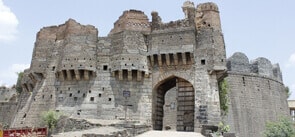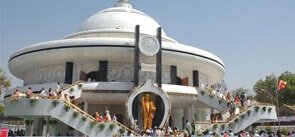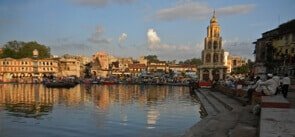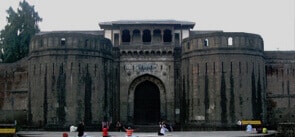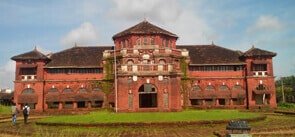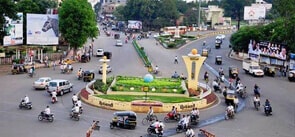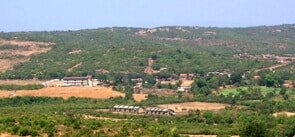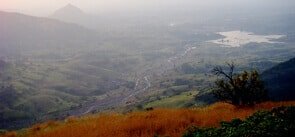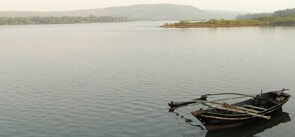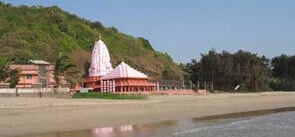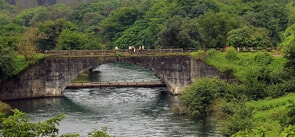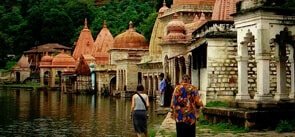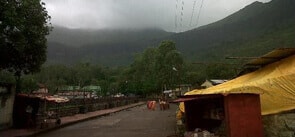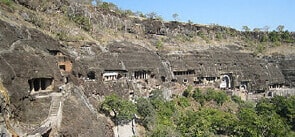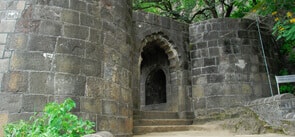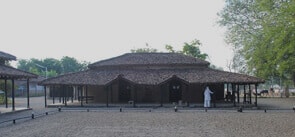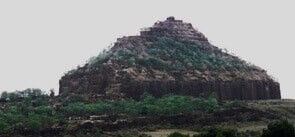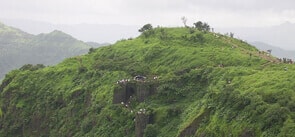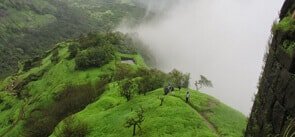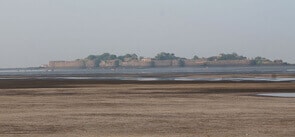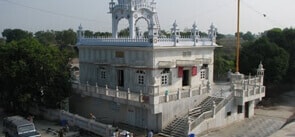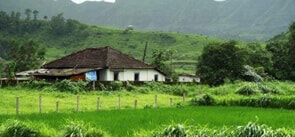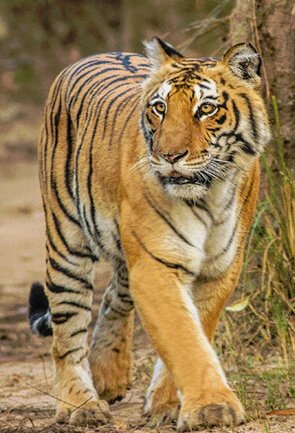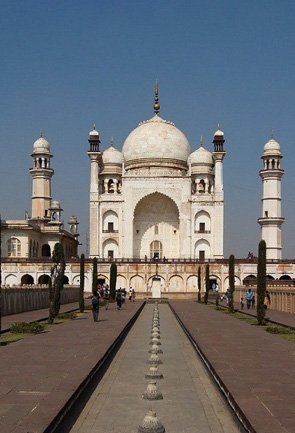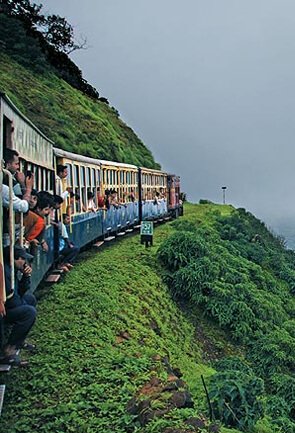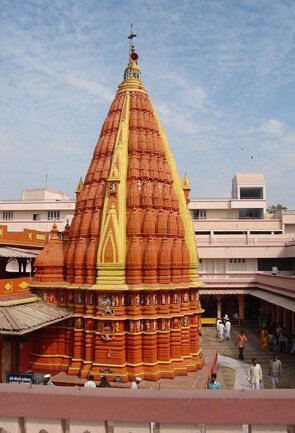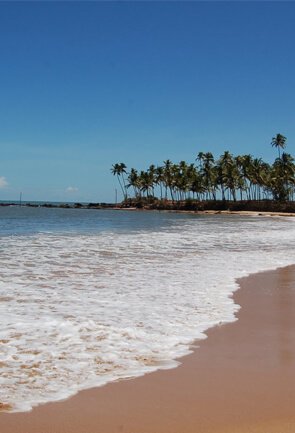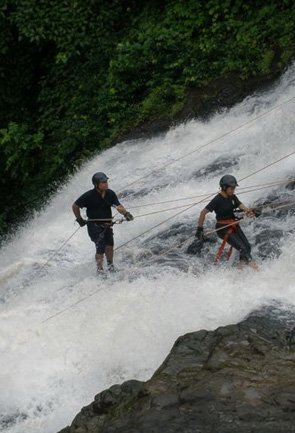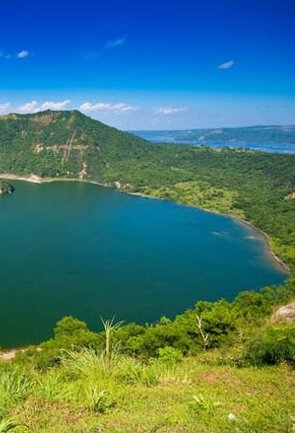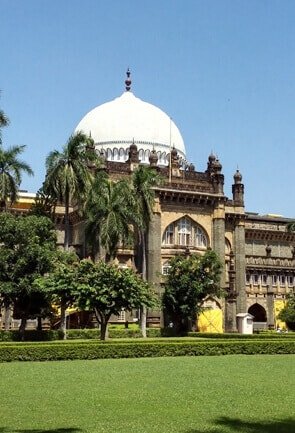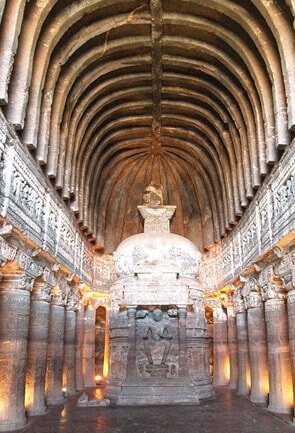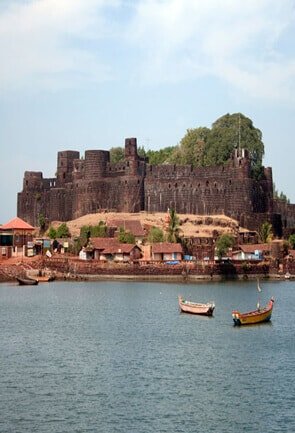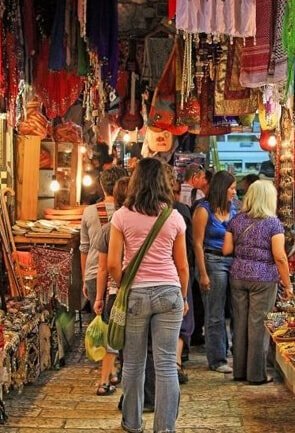

NEW
Radhanagari Wildlife Sanctuary Maharashtra
In the shadow of the western ghat lies the Radhanagari Wildlife Sanctuary, which is home to more than 600 Bisons and various types of rich flora and fauna. Also known as the Dajipur Sanctuary, the park was formed in the year 1985 and immediately rose to fame due to its location. An ideal weekend getaway for wildlife enthusiasts of Maharashtra, this 351.16 square kilometers forest reserve nestled in the hotspot of biodiversity, Western Ghats, is a must visit to see bison, tiger, leopard, sloth bear, Giant Squirrel, Mouse Deer, Barking Deer, and so on.
Along with rich fauna comes the affluent flora, which has been blooming due to numerous streams scattered in the park. In the park, there are two dams; one constructed on Bhogavati river (Radhanagari Dam) and other on river Dudhganga (Kallamwadi Dam). These two dams attract numberless bird species like vultures, eagles, jungle fowl, quails, plovers, sandpipers, owlets, doves, owls, nightjars, to name a few. Also in the national park, one might see flycatcher fluttering their wings and collectively generating a peculiar sound.
To witness the beauty of the national park, one should visit in the morning and evening; in the afternoon animals retire as its too hot outside. Don't forget to visit the Bison point, 25 km in the interior of the reserve, which is a perfect place to see the view of the park.
Highlights
- Radhanagari Wildlife Sanctuary is full of nature's bounty; apart from spotting animals, here one can see many other things that can make the holiday a special one. Just a few stops downhill trek from the untamed wilderness lies the Konkan coast. Multiple layers of mauve hills and lake at a distance looks beautiful, especially when the sun starts showing its true colors.
- Karud Ghat, Govandsari Kurli Dam reservoir, Dhamni Dam reservoir and Phonda Ghat are the must visit attraction a holiday in Radhanagari Wildlife Sanctuary. Also, tourists should visit the Sunset Point in Sindhudurg area.
- On a trip to Radhanagari Wildlife Sanctuary, one can also visit Kolhapur, a city known for its historic settlement, fascinating temple complex, and scrumptious Kolhapuri cuisine (specially mutton and chicken dishes).
- When in village Dajipur, make a point to visit the designed display hall that tells you more about the inhabitants of the forest. The hall exhibits mounted labeled photographs and interactive quizzes.
- Flora in the Radhanagari Wildlife Sanctuary: Anjani, Jambul, Hirda, Awala, Pisa, Ain, Kinjal, karvand, vagati (candy corn plant), ranmiri (orange climber), tamalpati, (toran), dhayati (fire-flame bush), kadipatta (curry tree)
- Fauna in Radhanagari Wildlife Sanctuary: In the wildlife sanctuary, there are 47 species of Mammals, 59 species of reptiles, 264 species of birds and 66 species of butterflies. The main highlight of the park is Indian bison or gaur (Bos gaurus), which are approximately 610 in number. Other mammals, inhabited in the park are Malabar pit viper, Gunther's cat skink, Deccan ground gecko, Indian leopard, sloth bear, wild boar, mouse deer, sambar, giant squirrel and wild dogs. Bird species that are commonly spotted in the park are nightjars, kingfishers, vultures, jungle fowl, warblers, flycatchers, to name a few.
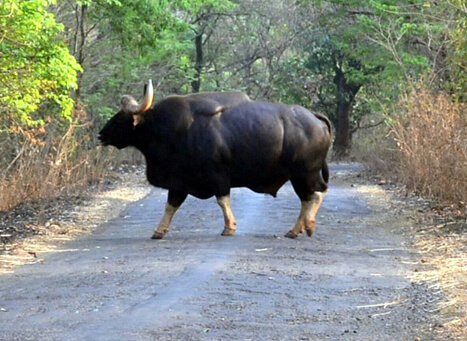
Best time to Visit
The sanctuary remains closed between June and October. Best time to visit the sanctuary is during winters (November, December, January, February, and March). April and May are a good time to visit, but one should be prepared for the hot and humid weather. It may rain during November.
Safari Timing
In the park, tourists can either take a jeep safari or can trek through the long stretches of the flimsy yet narrow road with their guide. Since the topography keeps on changing, it would be better to take a jeep safari. But the best part about the trekking in the jungle is that the forest is very thick and by walking, one can easily spot very easily.
How to Reach
By Airways: Pune Airport in Lohegaon is the nearest Airways base.
By Railways: Kolhapur Railway Station, approximately 66.3 km from the wildlife sanctuary, is the closest railway station. Trains from the different parts of South and West India are readily available from the railway station. Tourists can also consider Kankavli Railway Station.
By Roadways: To reach the wildlife sanctuary, state transport buses are available from the Kolhapur. Else, one can also take a private taxi.







